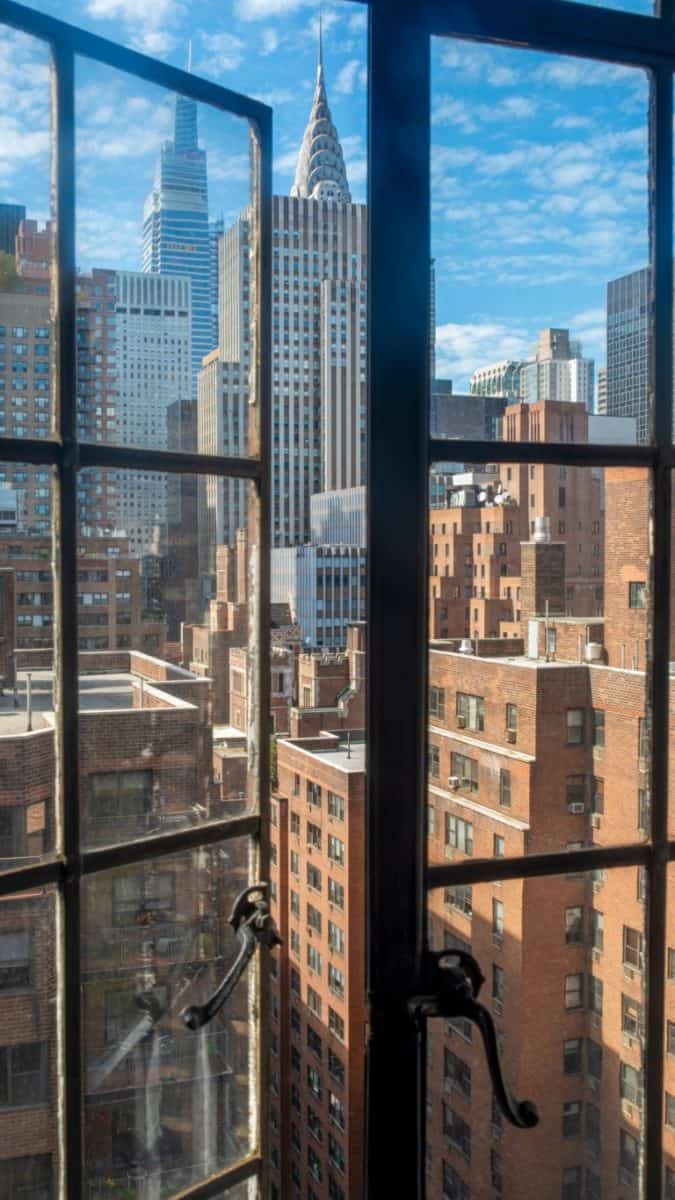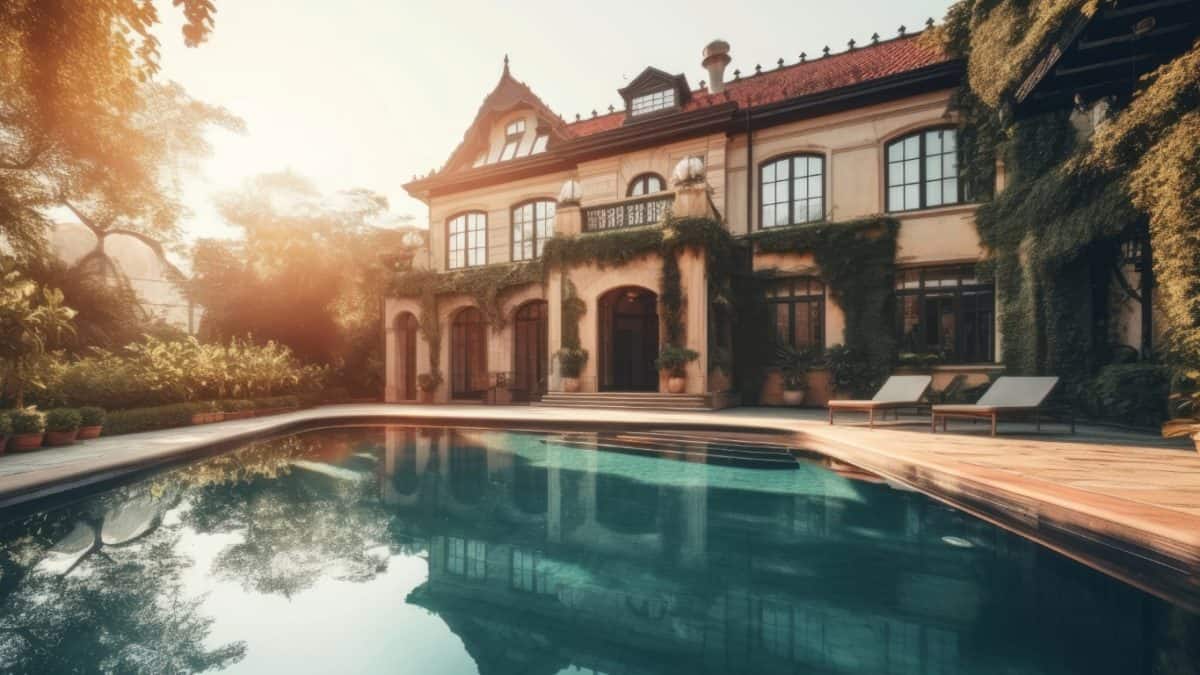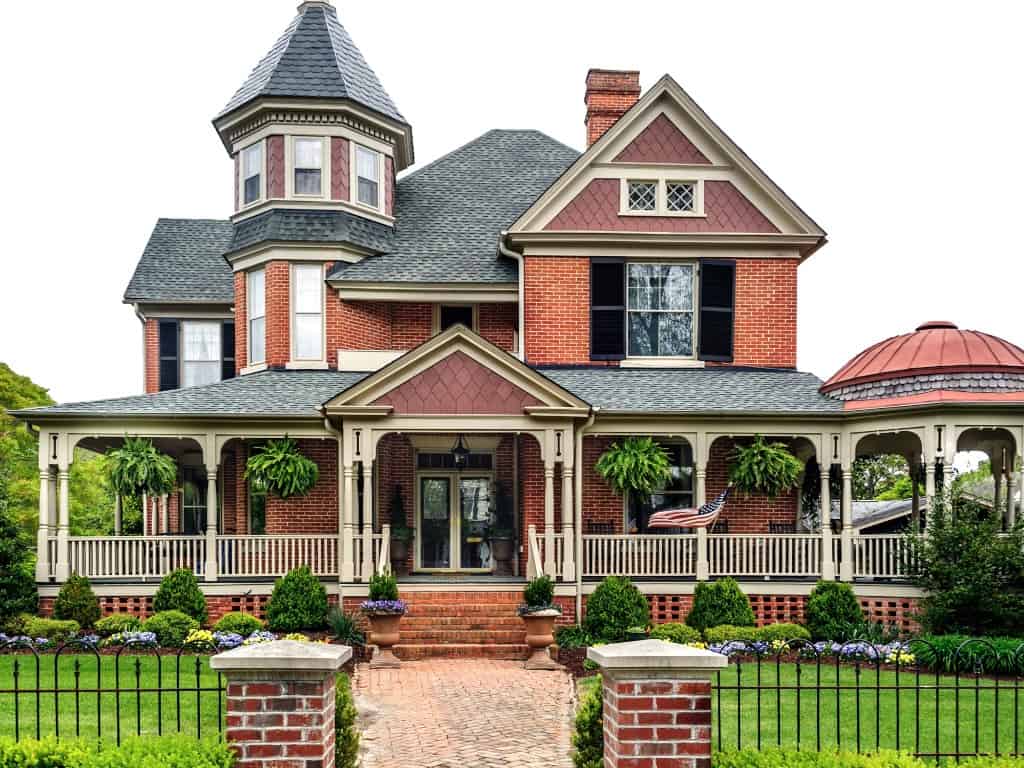Stepping into a vintage home is like stepping into a time capsule, where each creaky floorboard and ornate detail tells a story of days gone by. But when it’s time to part ways with your piece of history, selling a vintage home requires careful consideration. Beyond the financial transaction, there’s a cultural, communal, and historical significance to uphold. Here are essential tips to navigate the process while preserving the legacy of your vintage home.

Emphasize Cultural Value
Vintage homes often carry a cultural heritage that resonates with buyers seeking a connection to the past. Highlight architectural styles, design elements, and any historical significance in your marketing materials. Whether it’s a Craftsman bungalow or a Victorian mansion, displaying unique cultural aspects can attract buyers who appreciate nostalgia and craftsmanship from the past.
Enhance Communal Value
Vintage homes are not just structures; they are woven into the fabric of communities, often serving as landmarks or gathering places. When selling, emphasize your home’s role in the neighborhood’s history. Mention any notable residents or events associated with the property. Buyers may be drawn to the sense of belonging and community pride of owning a piece of local heritage.
Preserve Historical Integrity
When considering selling your vintage home, it’s crucial to choose a real estate agent who understands the importance of preserving its historical integrity. Just as you prioritize restoration and sensitive upgrades over over-renovation, your agent should appreciate and convey the value of your home’s character and charm to potential buyers. Look for an agent who has experience with vintage properties and understands the market for them. A knowledgeable agent will attract buyers who appreciate historical details and are willing to invest in maintaining them.
Tell a Story
Every vintage home has a story; crafting a compelling narrative can captivate potential buyers. Share anecdotes about previous owners, architectural influences, or significant events that have shaped the home’s history. Consider creating a digital or printed brochure that chronicles the property’s journey through time. By weaving together the past and present, you can evoke emotion and nostalgia, making your home more memorable to buyers.
Seek Out Preservation Resources
Selling a vintage home comes with its unique challenges, but there are resources available to assist you in navigating the process. Research local historic preservation societies or organizations that offer guidance on selling and maintaining vintage properties. These groups can provide valuable expertise, connect you with preservation-minded buyers, and even offer financial incentives for conservation efforts. Address legal considerations when selling a vintage home, such as zoning restrictions, historic preservation regulations, and potential tax implications. Provide insights on navigating these legal aspects to ensure a smooth and compliant sales process.
Highlight Energy Efficiency
Consider adding a section on enhancing the energy efficiency of vintage homes. Mention how incorporating modern technologies such as energy-efficient windows, insulation, and HVAC systems can not only reduce utility costs but also appeal to environmentally-conscious buyers.
Renovation Tips:
Provide practical renovation tips for vintage homeowners looking to update their properties while preserving their historical charm. Include advice on maintaining original features, sourcing period-appropriate materials, and working with skilled craftsmen.
Virtual Tours:
Suggest utilizing virtual tours or 3D walkthroughs to showcase the unique features and layout of vintage homes to potential buyers who may not be able to visit in person. Highlight how technology can bridge the gap between historical authenticity and modern convenience.
Home Staging Ideas:
Offer home staging ideas tailored specifically for vintage properties. Recommend decor choices, furniture styles, and color schemes that complement the home’s historical character while appealing to contemporary tastes.
Selling and buying a house simultaneously makes real estate transactions even more complicated, particularly when dealing with vintage homes. Selling a vintage home is more than a transaction; it’s a stewardship of cultural, communal, and historical legacies. This rings especially true when considering the delicate balance of timing and negotiation required to orchestrate a dual transaction.
By emphasizing the cultural and communal value, preserving historical integrity, telling a compelling story, and seeking out preservation resources, you can ensure that your vintage home finds its rightful place in the hands of buyers who will cherish its heritage for generations to come, all while maneuvering the complexities of buying and selling at the same time. As you embark on this journey, remember that you’re not just selling a house—you’re preserving history and orchestrating a seamless transition for your cherished property and your future.
